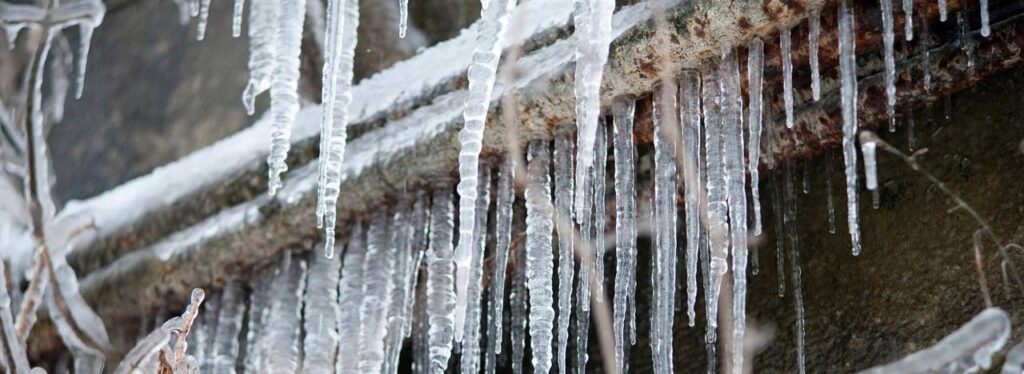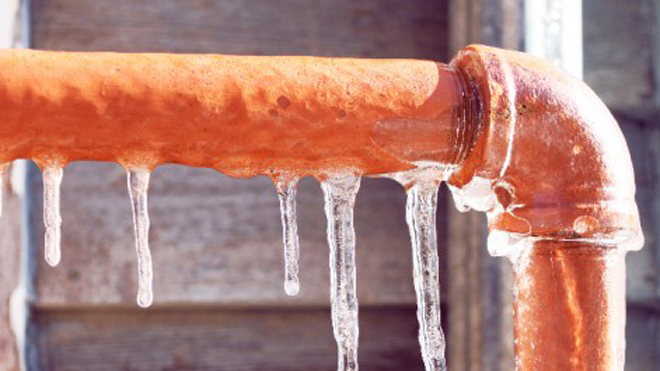Shielding Your Pipes from Cold Weather Damage: Essential Tips
Shielding Your Pipes from Cold Weather Damage: Essential Tips
Blog Article
This great article following next on the subject of How to Prevent Your Pipes From Freezing is exceedingly intriguing. Have a go and draw your own personal final thoughts.

Cold weather can wreak havoc on your plumbing, specifically by freezing pipelines. Below's just how to avoid it from taking place and what to do if it does.
Introduction
As temperature levels decrease, the risk of icy pipelines boosts, possibly resulting in pricey repair services and water damage. Comprehending just how to prevent icy pipelines is essential for home owners in cool climates.
Comprehending Icy Pipelines
What creates pipes to freeze?
Pipes freeze when subjected to temperature levels listed below 32 ° F (0 ° C) for expanded durations. As water inside the pipelines ices up, it increases, taxing the pipeline wall surfaces and possibly creating them to break.
Dangers and damages
Icy pipelines can lead to water supply interruptions, residential property damages, and expensive repairs. Burst pipes can flooding homes and trigger substantial structural damage.
Indicators of Frozen Pipes
Recognizing icy pipes early can stop them from rupturing.
How to recognize frozen pipelines
Try to find decreased water circulation from taps, unusual smells or sounds from pipes, and noticeable frost on exposed pipelines.
Prevention Tips
Protecting prone pipelines
Wrap pipelines in insulation sleeves or make use of heat tape to secure them from freezing temperature levels. Focus on pipelines in unheated or external areas of the home.
Home heating techniques
Keep interior areas appropriately heated, particularly areas with pipes. Open up closet doors to permit warm air to distribute around pipelines under sinks.
Shielding Exterior Pipes
Yard pipes and outside taps
Detach and drain yard pipes prior to wintertime. Set up frost-proof spigots or cover outdoor faucets with insulated caps.
What to Do If Your Pipelines Freeze
Immediate actions to take
If you suspect icy pipes, keep taps open to alleviate pressure as the ice thaws. Use a hairdryer or towels soaked in hot water to thaw pipes gradually.
Long-Term Solutions
Architectural modifications
Consider rerouting pipes away from outside wall surfaces or unheated areas. Add additional insulation to attics, cellars, and crawl spaces.
Updating insulation
Invest in premium insulation for pipelines, attic rooms, and wall surfaces. Proper insulation helps maintain consistent temperatures and reduces the risk of frozen pipes.
Conclusion
Stopping frozen pipes requires proactive steps and quick actions. By comprehending the causes, indications, and preventive measures, property owners can protect their pipes throughout cold weather.
5 Ways to Prevent Frozen Pipes
Drain Outdoor Faucets and Disconnect Hoses
First, close the shut-off valve that controls the flow of water in the pipe to your outdoor faucet. Then, head outside to disconnect and drain your hose and open the outdoor faucet to allow the water to completely drain out of the line. Turn off the faucet when done. Finally, head back to the shut-off valve and drain the remaining water inside the pipe into a bucket or container. Additionally, if you have a home irrigation system, you should consider hiring an expert to clear the system of water each year.
Insulate Pipes
One of the best and most cost-effective methods for preventing frozen water pipes is to wrap your pipes with insulation. This is especially important for areas in your home that aren’t exposed to heat, such as an attic. We suggest using foam sleeves, which can typically be found at your local hardware store.
Keep Heat Running at 65
Your pipes are located inside your walls, and the temperature there is much colder than the rest of the house. To prevent your pipes from freezing, The Insurance Information Institute suggests that you keep your home heated to at least 65 degrees, even when traveling. You may want to invest in smart devices that can keep an eye on the temperature in your home while you’re away.
Leave Water Dripping
Moving water — even a small trickle — can prevent ice from forming inside your pipes. When freezing temps are imminent, start a drip of water from all faucets that serve exposed pipes. Leaving a few faucets running will also help relieve pressure inside the pipes and help prevent a rupture if the water inside freezes.
Open Cupboard Doors
Warm your kitchen and bathroom pipes by opening cupboards and vanities. You should also leave your interior doors ajar to help warm air circulate evenly throughout your home.

As a passionate person who reads about Prevent Frozen Pipes , I was thinking sharing that blog post was really helpful. If you liked our article please do not forget to share it. Thank-you for going through it.
More Details Report this page